Backyard Gardening: A New Approach for 2024
Did you know that your backyard garden can be so much more than a garden? With a new approach to backyard gardening you can become the hero of your local ecosystem!
You can grow healthy food for your family and beautiful flowers to brighten your day, while at the same time growing plants that support pollinators, song birds, and other wildlife.
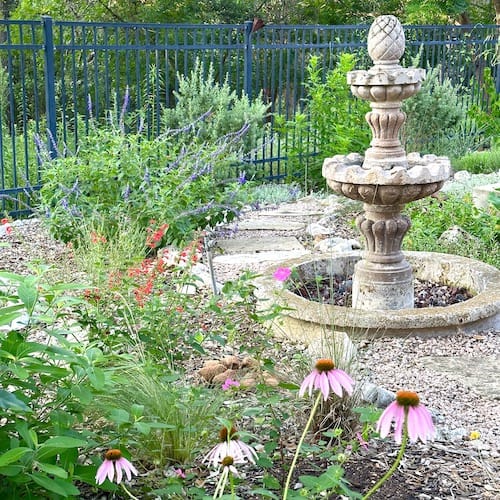
This new approach to backyard gardening is about putting your garden to work in new ways. It’s not only about what our garden can do for us, but what it can do for the Earth!
By choosing the right plants for our backyard we can start to rebuild critical habitat that has been lost to suburban lawns and sprawling urban areas.
We can start to bring more biodiversity into our yards primarily taken up by turf grass and non-native trees and plants. We can become backyard gardeners with a purpose!
New Gardening Approach: Incorporating Native Plants
At the heart of this new approach to gardening is selecting plants that are native to your local area. That means they’ve been growing here for thousands of years, rather than being introduced by humans from other parts of the world.
You may be surprised to find out that the majority of plants in your yard – from the grass, to shrubs, to trees, are likely from other continents!
Why native plants? Because native plants are the foundation of a healthy ecosystem. They:
- Are important food source to plant-eating insects and wildlife: 95% of plant eating insects can’t eat plants that they didn’t coevolve with (i.e., non-native plants).
- Serve as host plants to butterflies and moths: many butterflies only lay their eggs on specific plants, such as Monarchs and milkweeds.
- Require less water and maintenance: Because they have been growing in your area for thousands of years, they well adapted to the climate. They also tend to thrive without any fertilizers.
- Support more wildlife than non-native plants: The right native plants can provide nectar, fruit, nuts and seeds to wildlife, serving as an important food source.
If you are new to native plants be sure to read the Top 6 Benefits of Native Plants in Your Yard. The majority of our yards are currently filled with non-native plants so there are lots of opportunities to swap in some natives and help the environment!
Backyard Garden Design Options
Which of these best describes your backyard? Perhaps it is a mix of all four. Any of these areas in your backyard can be perfect candidates for helping the Earth purely by incorporating a few key plants:
- Flower Beds and Landscaped Areas
- Backyard Vegetable Garden
- Container Pots
- Turf Grass Areas
If you’re a first time gardener just starting, then you are reading this at just the right time! I hope this encourages you to approach your first garden with a goal of helping the Earth. If you’re a seasoned gardener, I hope this gives you inspiration to make a few changes.
1. Flower Beds and Landscaped Areas
Are you primarily a backyard flower gardener? This best describes my backyard in San Antonio, TX. We have three separate landscaped areas with a mix of trees, shrubs, and perennial flowers.
This area has undergone a transformation in the past year as I’ve removed non-native shrubs like nandina and incorporated more Texas native plants that support pollinators and wildlife. Check out my native backyard landscape transformation.
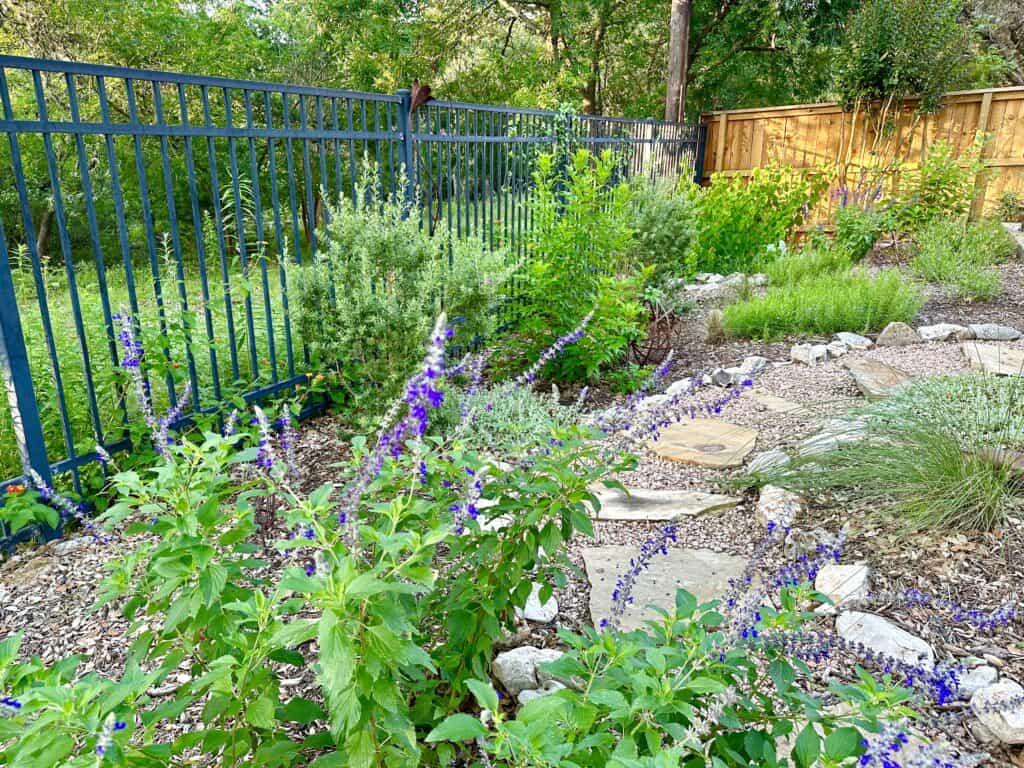
A New Approach to Flower Gardening and Landscaping
- Incorporate more native perennial flowers that serve as butterfly host plants or provide nectar for pollinators.
- Incorporate native grasses, trees and shrubs that provide wildlife benefits such as fruit, nuts, and seeds. Here are my top 15 native Texas plants to grow.
- Remove any invasive non-native species from your flower garden. Ligustrum and Nandina are two common invasive plants found in Texas where I live.
2. Backyard Vegetable Garden
Perhaps you have a backyard vegetable garden to grow your own food. I dream of having a set of raised garden beds to grow our own vegetables and fresh fruits. So far, I haven’t had much luck growing tomato plants in pots here in the Texas heat. But conquering vegetable gardening is on my to-do list!
A New Approach to Backyard Vegetable Gardening:
- Minimize use of pesticides. Instead follow the model of “If you have pests, then you need more insects!” Invite in more beneficial insects to garden, such as ladybugs that eat aphids, with native plants.
- Incorporate herbs that serve as butterfly host plants (see below for full list).
- Incorporate native nectar plants that encourage bees to pollinate your vegetables (see below for full list). It is also a great way to add some color to your vegetable garden.
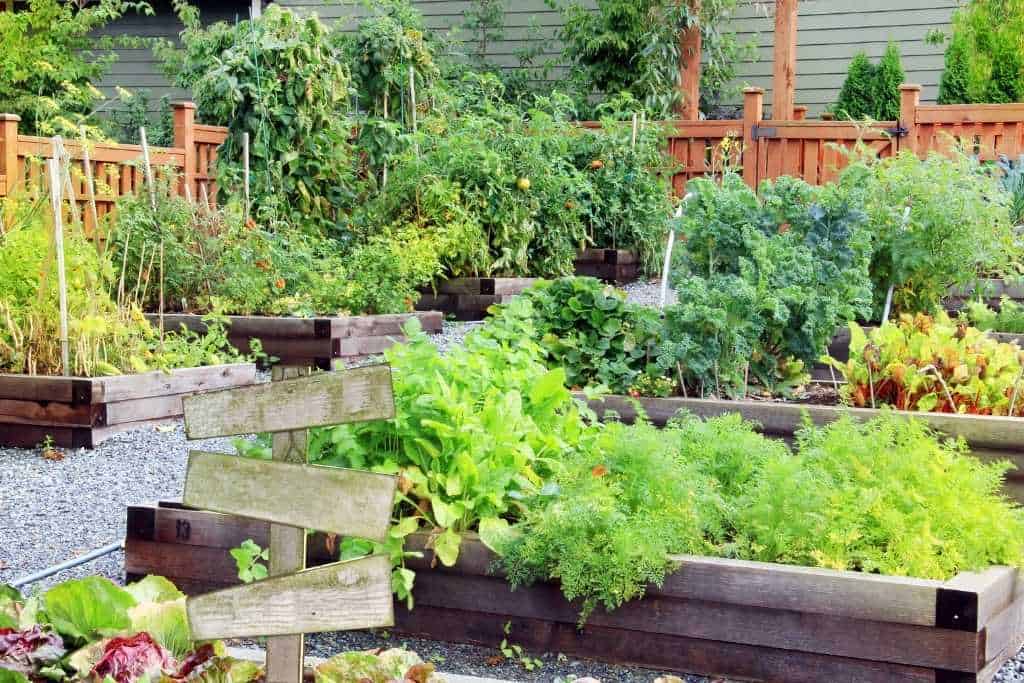
Herbs
Several herbs serve as host plants for the gorgeous Swallowtail butterfly. Even though these aren’t native to the United States, they are important host plants and worth having in your garden if you want to help support butterfly populations.
Here are some Swallowtail butterfly host plants for your vegetable garden. Plant plenty so their caterpillars have plenty of food to eat (and you can enjoy some too!):
- Dill
- Parsley
- Fennel
- Rue
Native Vines
You can also incorporate vines along with your vegetable garden. Have them grow up a trellis or a fence.
- Passionvine – Many types of passionvine provide edible (and delicious!) passion fruit in addition to serving as the host plant for the Gulf Fritillary butterfly. Choose a passionvine that is native to your local area.
- Pearl Milkweed Vine – if you live in Texas, you could try growing this vine with dainty flowers to attract Monarch and Queen butterflies that use Milkweed as a host plant.
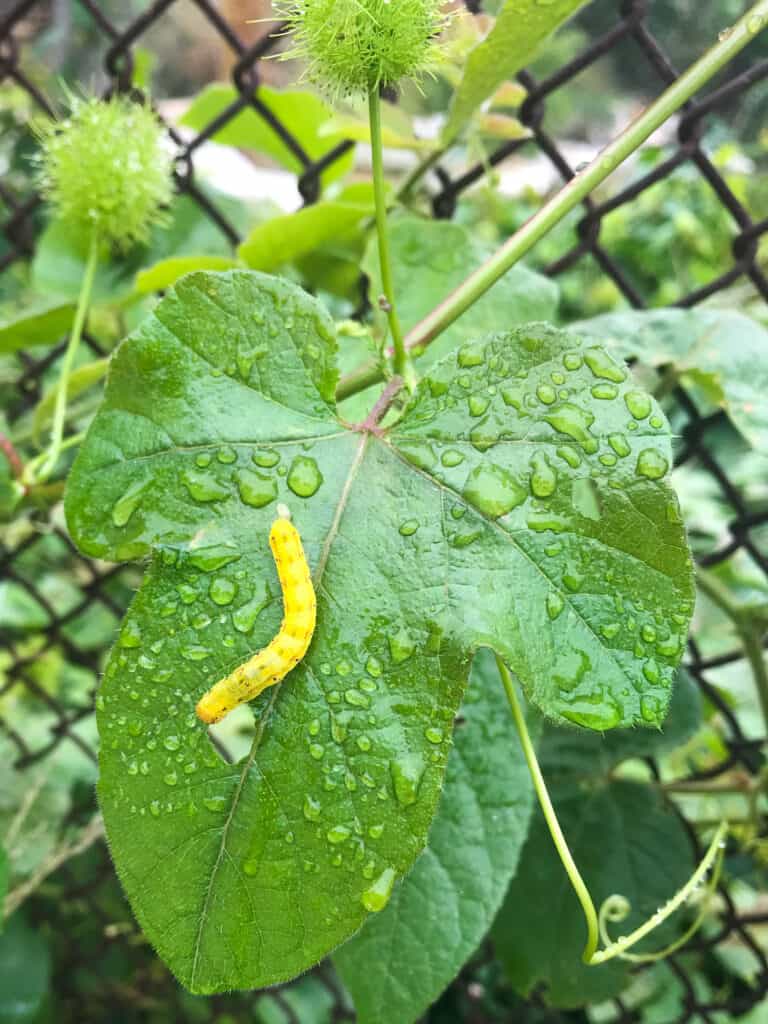
Nectar Plants
In addition to the vegetables and fruits growing in your garden, you can intersperse nectar plants that draw bees to help pollinate your food plants. Some great nectar plants that would add a nice pop of color among your vegetables include:
- Zinnias
- Purple Coneflower
- Gregg’s Blue Mistflower
- Salvias
3. Container Pots
Container gardening is a great options for small spaces, or if you just want a small garden to start.
A New Approach to Container Gardening
- Incorporate flowering perennials that are native to your area along with your favorite annuals in container pots. Native grasses that don’t grow too large also look great in pots. I love Inland Sea Oats.
- Choose plants that grow to be 2-3 feet wide at their mature size and place them in a large pot (some natives can grow large!)
- Try garden soil and compost in your pots instead of potting soil with fertilizer. Natives don’t tend to like it as much. Make sure there is good drainage in the pot and water when the top few inches of the dirt is dried out.
4. Turf Grass Areas
While a non-native grass lawn may look pretty and provide an area to run around, it is similar to a parking lot in the amount of life it supports.
No need to rip up all your grass in your backyard (unless you want to!), but you can start to carve out sections to put to better use. Think small yards and more plants for 2024!
A New Approach to Turf Grass Lawns
- Consider removing a portion of your grass and replacing it with a garden bed. I removed 200 sq feet of grass in our backyard to extend my native plant flower garden.
- FYI – Some municipalities such as San Antonio, offer rebates for removing grass and turning off in-ground sprinklers in those areas. We received a $600 rebate for our garden project. What a deal! If you live in San Antono, be sure to check out the SAWS WaterSaver Rewards Program.
- Turn a portion of you backyard into a meadow by allowing the grass to grow without mowing. You may want to add in some native prairie plants and remove any non-natives that pop up within this “no mow” area over time.
- Replace a portion of your grass with a native ground cover. A ground cover like Frog Fruit can cover an area quickly while being covered in small white blooms that attract a ton of pollinators!
- There are some short-growing native grasses such as Buffalo Grass that only require mowing a few times a year.
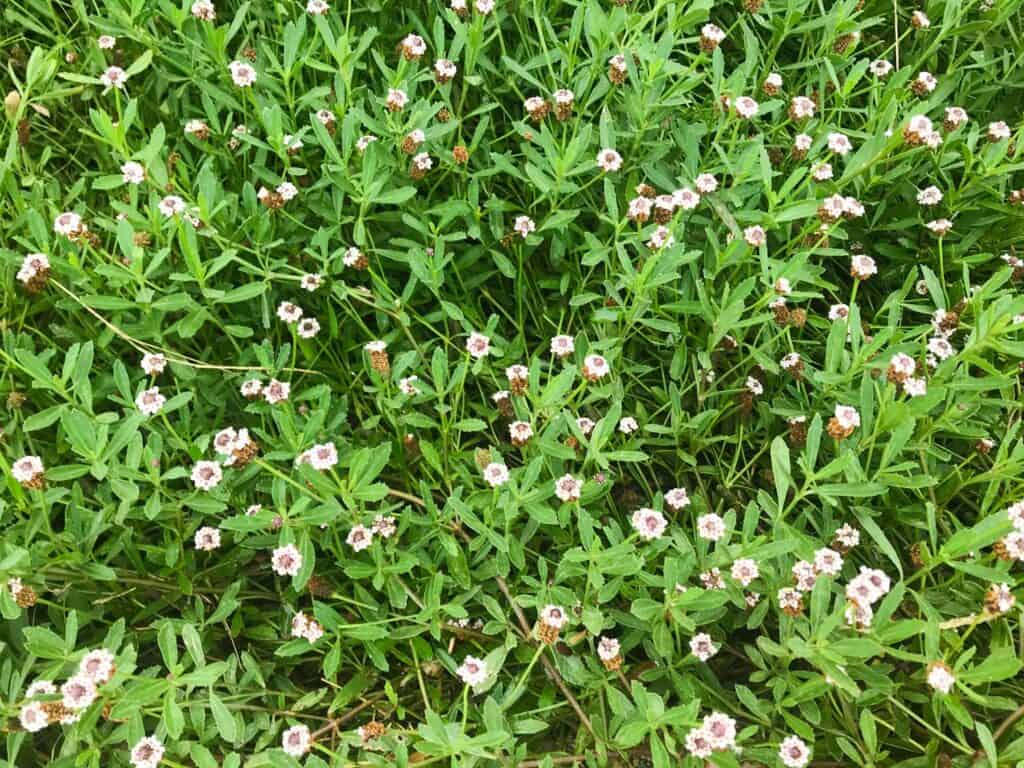
Backyard Gardening with a Purpose: 4 Steps to Get Started
Ready to embrace this new approach to backyard gardening in 2024? Here are four simple steps to get you started:
1. Know What You Have Growing
Before you add any new plants, its helpful to know what you already have growing! Just a couple years ago, I didn’t know the names of the majority of shrubs, trees and plants growing in my yard.
Once I started getting more curious and identifying plants, I was surprised to learn we had mostly plants from other continents (Liriope, Sago Palms, Society Garlic, Star Jasmine…to name a few) and a couple invasives like Ligustrum and Nandina.
Use a free app like iNaturalist to help you identify and learn about the plants in your yard, from the grass to the trees. Here’s a video to show you how to identify a plant with an app.
2. Identify Any Invasive Species
A best way to start revamping your backyard garden is to replace any problem plants in your yard. If you identify any non-native trees, shrubs or flowers that are known to be invasive in your local area, you may want to consider removing them. Here are the top invasive species by region in the U.S.
This is a huge step towards helping prevent their spread and being a steward of your local environment. If your neighbors have the plants, you can educate them gently about them as well!
3. Look For Opportunities to Add or Swap Out Plants
One of the easiest ways to start incorporating native plants is by replacing dead plants or filling empty holes / bare spots already in your garden. Take note of the hours of full sun the area receives. That is an important step to make sure you’re getting the right plant varieties.
Soil testing can also help. Adding organic matter such as organic mulch to the bed soil is a great way to prepare the bed. You don’t need a green thumb or do frequent watering to grow natives..
4. Head to a Native Plant Nursery
Skip the large garden center and head to a local nursery that specializes in native plants. Write down the scientific (Latin) name of the native plant you are hoping to buy and take it to the nursery with you to ensure you get the right plant!
Remember, adding just one native plant that supports wildlife is a great start. I hope this inspires you to make a more sustainable garden in 2024. If nothing else, getting out in the fresh air to spend time in your garden is guaranteed to be a good time, and a positive effect not only on you but the Earth!
Want to Learn More? Read this Book!

Dr. Doug Tallamy is an entomologist leading the movement towards backyard conservation. His research has demonstrated the critical role of native plants in supporting insect and bird populations. Nature’s Best Hope (affiliate link) is a must read for anyone interested in making a difference from their own backyard!
Save These Ideas to Pinterest!
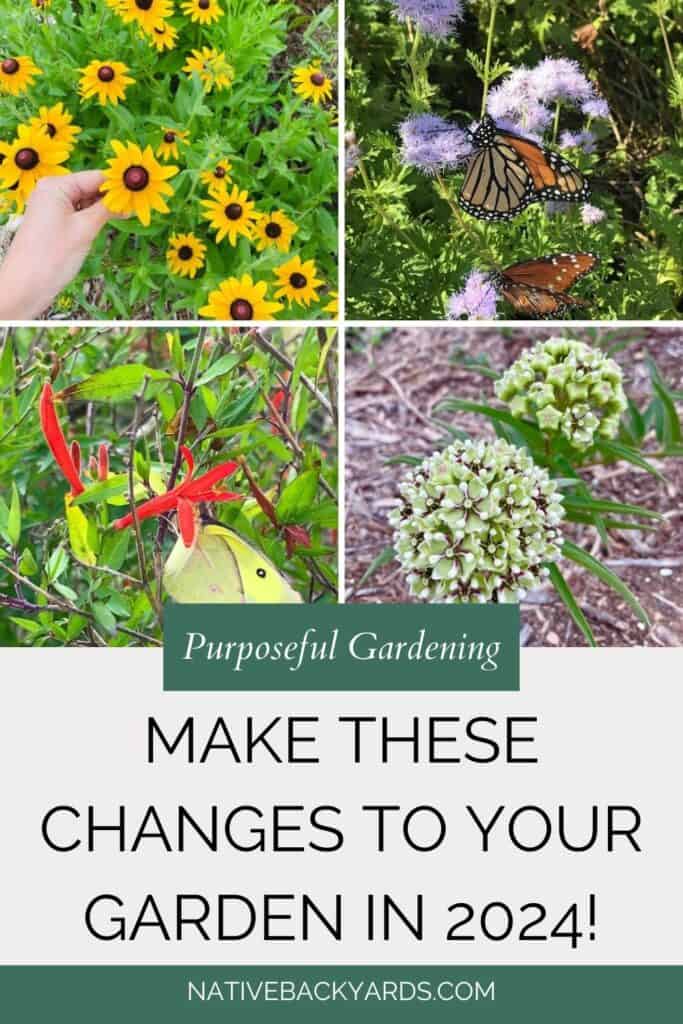
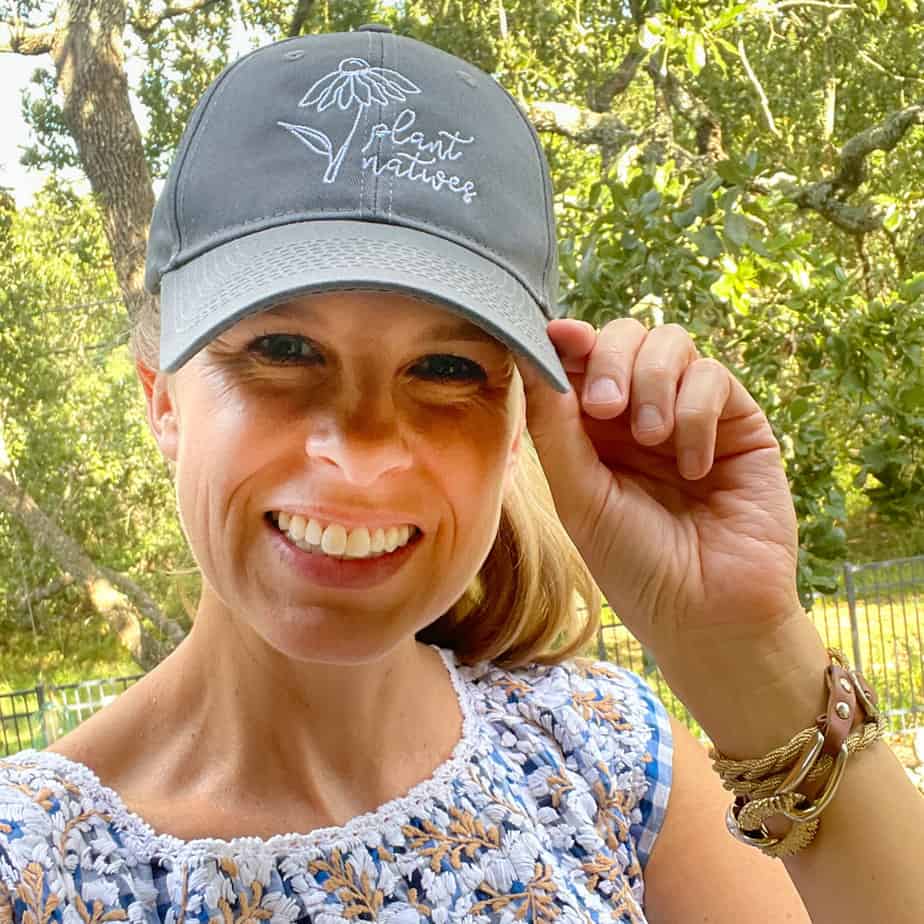
Welcome to Native Backyards! I’m Haeley from San Antonio, Texas, and I want to help you grow more native plants.
I have seen firsthand how the right plants can bring your yard to life with butterflies, bees, and birds. I’ve transformed my yard with Texas natives and I’m excited to share what I’ve learned with you.
Join my newsletter here! – each week I’ll send you helpful tips to make your native plant garden a reality!
Want to learn more about me and my garden? Check out my About page!
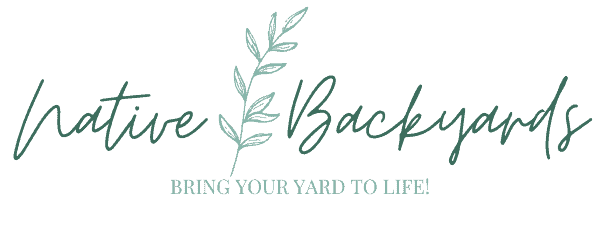
Hi,
I live in South Texas where most of the year it’s very hot and humid. Can you give me some idea’s what to plant bc our weather can change in a dime when fall comes.
Thanks
Hi Gail! Thanks for your question. The Native Plant Society of Texas has awesome plant lists by region. There is one for the Corpus Christi area that may be a good fit for you. You can find the different regional lists here: http://npsot.org/wp/resources/plant-lists-by-ecoregion/
I found you several weeks ago and I enjoy reading your articles. Thank you for sharing your knowledge with us. I am going to look into frog fruit and silver ponyfoot I also appreciate that you suggest where to plant things. Something as simple as full sun or the plant needs partial shade makes all the difference when it comes to success!
Thanks Diane! I’m so glad you are finding the website helpful. Reach out at any time with questions. I’m here to help! 😊
This is a wonderful article, Haeley… informative and inspiring!
I’m curious… do you attempt to control chickweed and clover in your flower beds, and if so, how? Or are you lucky enough not to have either? I’ve been pulling and digging them for years, but they’re winning and I’m ready to give up.
Thanks for your comment! I haven’t had to deal with those two weeds too much in my garden, but perhaps it is because I started with a layer of cardboard and mulch, which has significantly cut down on weed growth, even though the cardboard broke down after a year or so. Here is the method I used. It really does wonders for keeping weeds at bay: https://nativebackyards.com/prevent-weeds-in-flower-beds/